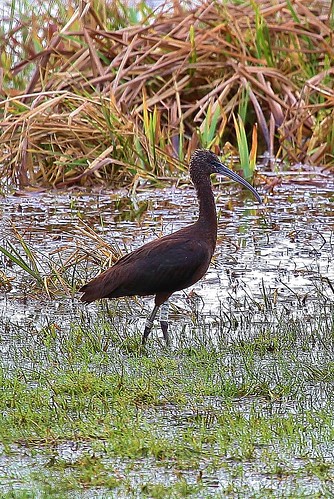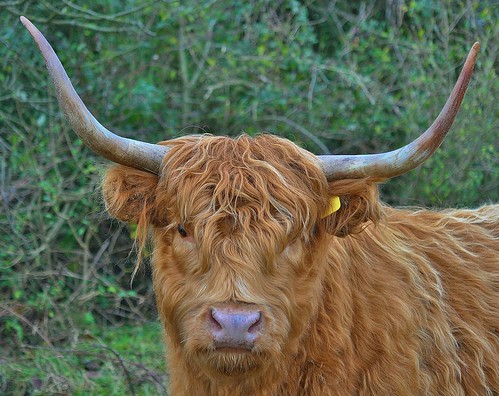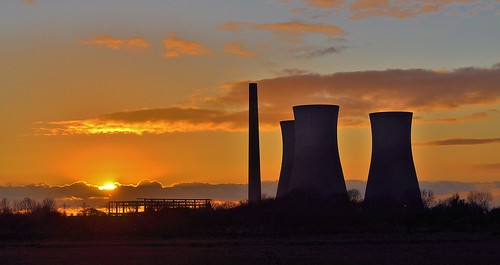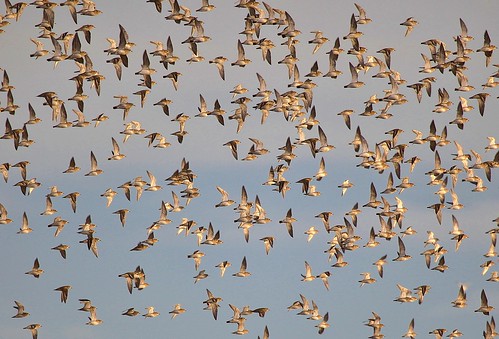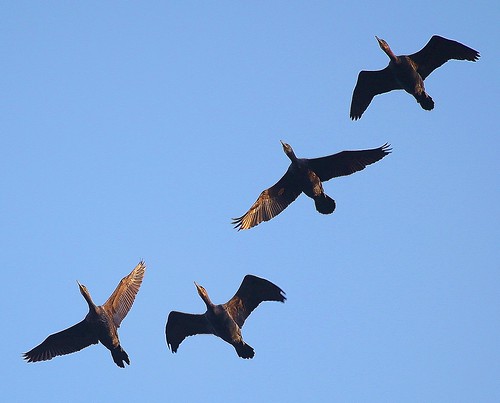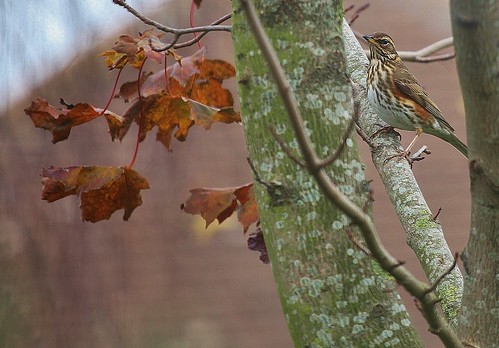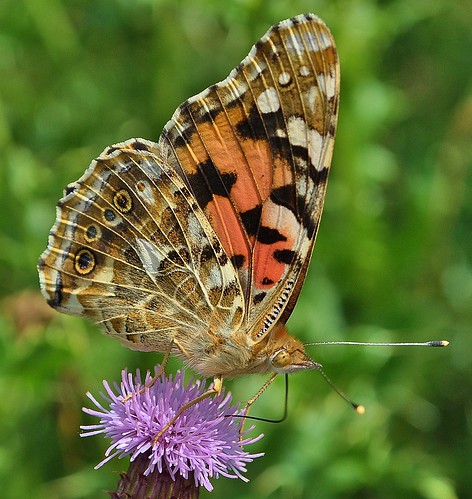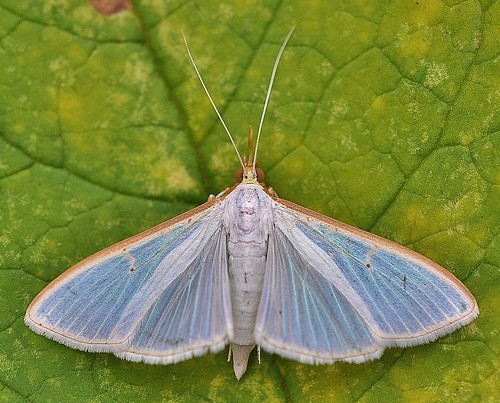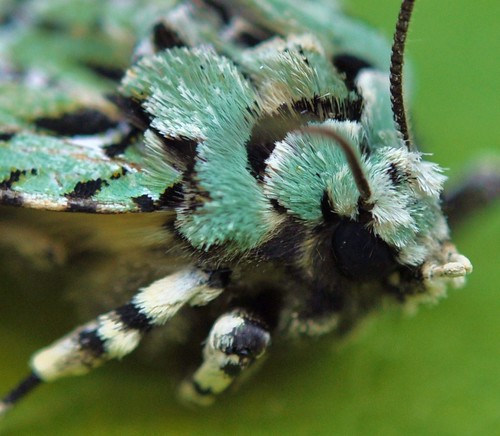Saturday 31 December 2011
Tuesday 20 December 2011
Saturday 17 December 2011
Golden Plover Pegwell Bay
A walk around Pegwell Bay
Wednesday 14 December 2011
CHRISTMAS 2011 KWT TASK AT STONELEES
The final task of 2011 took place at Stonelees Scrub bashing with Tony Swandale also making an appearance as it was also our Christmas Task.
A more relaxed task with a BBQ and Mulled Wine supplied by Tony.
My thanks for all those who have helped in 2011 and I wish everyone all the best for 2012.
SOME PICTURES OF THE DAY
SOME PICTURES OF THE DAY
Monday 28 November 2011
Sunday 20 November 2011
Friday 18 November 2011
Wednesday 16 November 2011
Saturday 12 November 2011
SCRUB BASHING AT STONELEES
Once again and its the second Saturday in the Month so it must be Scrub Bashing at Stonelees with KWT Volunteers to continue the work of returning the area to Ancient Duneland Pasture.
The weather although overcast was good and we cleared a large area of Hawthorn and Sycamore (Acer pseudoplatanus) which has been a controversial species in British Forestry and Conservation alike.Its classification as both non-native and invasive has led to concerns of its impact on native and ancient woodland.
Some pictures of today's Task & my thanks to all of those that helped
Annalyse & Peter
Martin removing Sycamore
Volunteers in the process of clearing the Duneland Pasture
Andrew & Richard
Peter & Martin
John & Andrew
Friday 11 November 2011
Wednesday 9 November 2011
Friday 28 October 2011
KENT WILDLIFE GARDENING AWARDS
KENT WILDLIFE GARDENING AWARDS
Entry is free and and open to anyone who gardens in Kent, however large or small their plot and whether they are a business, community group, school, allotment, private garden or even a collection of adjoining gardens.
Kent Wildlife Trust’s volunteer gardening advisers aim to visit as many entries as possible before the end of August. They recommend the gardens for bronze, silver or gold certificates and also give advice. In addition, Gold winners receive one of the trust’s coveted Wild about gardens blue plaques and may be put forward for one of our “special” award for gardens of particular merit.
In February I decided to apply for the award and started to redesign my garden into a Wildlife friendly space.First job on the list was to start on the Pond and I commenced with my son to dig the pond followed by liner,stones & planting.
Wildlife Pond
A pond provides essential drinking and bathing water for birds and mammals. If you plant a range of plant species around the edge, you’ll encourage an even greater diversity of wildlife.
Common Frog
Dragonfly Emerging
Habitat & Nesting Boxes
Next stage was to plan where I would put the Log piles as plenty of wildlife makes its home in dead wood, and other animals use it as a source of food. In woodlands, fallen wood occurs naturally and many species have adapted to use this habitat. But in our increasingly tidy countryside, fallen and dead wood is not so common.
A pile of logs simulates fallen trees and is considered essential in a wildlife garden. You can usually find somewhere to put a pile of logs, even in the smallest backyard. It is best placed in a shady spot, so that it remains cool and damp.As well as nesting boxes for a variety of birds,Bees and Bats .
Log pile with holes drilled in for Leafcutter Bees and Invertebrate's
House Sparrow Terrace Nesting Box
Bumble Bee Nester
Blue Tit Nesting/Roosting Box
Bat Box
Bumble Bee Nester which is being used by a Mouse !
PLANTING
- Long grass provides habitat for egg laying and over wintering of caterpillars and leather jackets. Blackbirds and starlings search for leather jackets (cranefly grubs) in short grass.
- Different species of tree and shrub and flowering plants provide nectar and other food sources through the year.
- Rotational shrub cutting creates different structures and ages of growth, benefiting different wildlife at different times.
- A water feature with different depths is great for wildlife. Shallow areas are used by bathing and drinking birds, emerging dragonflies and somewhere for amphibians to lay eggs. Deeper areas help aquatic insects survive cold spells and are good places to watch newts swimming.
The Outcome
Once I had completed the work and the plants were getting themselves established I contacted the Kent Wildlife Trust’s volunteer gardening advisor to inspect my garden in July and was told I would be contacted in September.
As promised in September I received the letter and was awarded a Silver and collected my Award at the Pines Calyx on the 14th October 2011.
If you have the time and the space its definitely worth the effort as I have noticed a dramatic increase in the Wildlife that visits my garden.
Receiving the Kent Wildlife Trust Silver Gardening Award at The Pines Calyx
Some of the Award Winners from the Thanet Area
Mr & Mrs John McAllister & Myself
Friday 14 October 2011
BRENT GEESE BY THE BUCKET LOAD
Spent a few hours with Phil,Craig & Francis at Pegwell Bay on Sunday 9th October catching the incoming tide and was pleased to see a large number of Brent Geese flying into the Bay,around 6000 at last count.
Francis had a previous record of around 4000 and was keen for us to leave before that record was broken,which he executed with a good sense of humour !
THE BRENT GEESE COUNT CONTINUES
BRENT GEESE PEGWELL BAY
BRENT GEESE PEGWELL BAY
AVOCET'S PEGWELL BAY
CURLEW PEGWELL BAY
LITTLE EGRET & OYSTERCATCHER PEGWELL BAY
Sunday 9 October 2011
SCRUB BASHING AT STONELEES
Saturday was spent clearing scrub at Stonelees with KWT Volunteers to return the area to Ancient Duneland Pasture.
The weather was kind to us and a large area was cleared of Hawthorn and Rosebay Willowherb (Epilobium angustifolium) In Britain the plant was considered a rare species in the 18th century,and one confined to a few locations with damp, gravelly soils. It was mis-identified as Great Hairy Willowherb in contemporary floras. The plant's rise from local rarity to widespread weed seems to have occurred at the same time as the expansion of the railway network, and the associated soil disturbance. The plant became locally known as bombweed due to its rapid colonization of bomb craters in the second world war.
SOME OF THE KWT VOLUNTEERS
BURNING SCRUB STONELEES
CLEARING SCRUB STONELEES
VOLUNTEERS CLEARING SCRUB
COOLING TOWERS & HIGHLAND CATTLE STONELEES
Subscribe to:
Posts (Atom)
